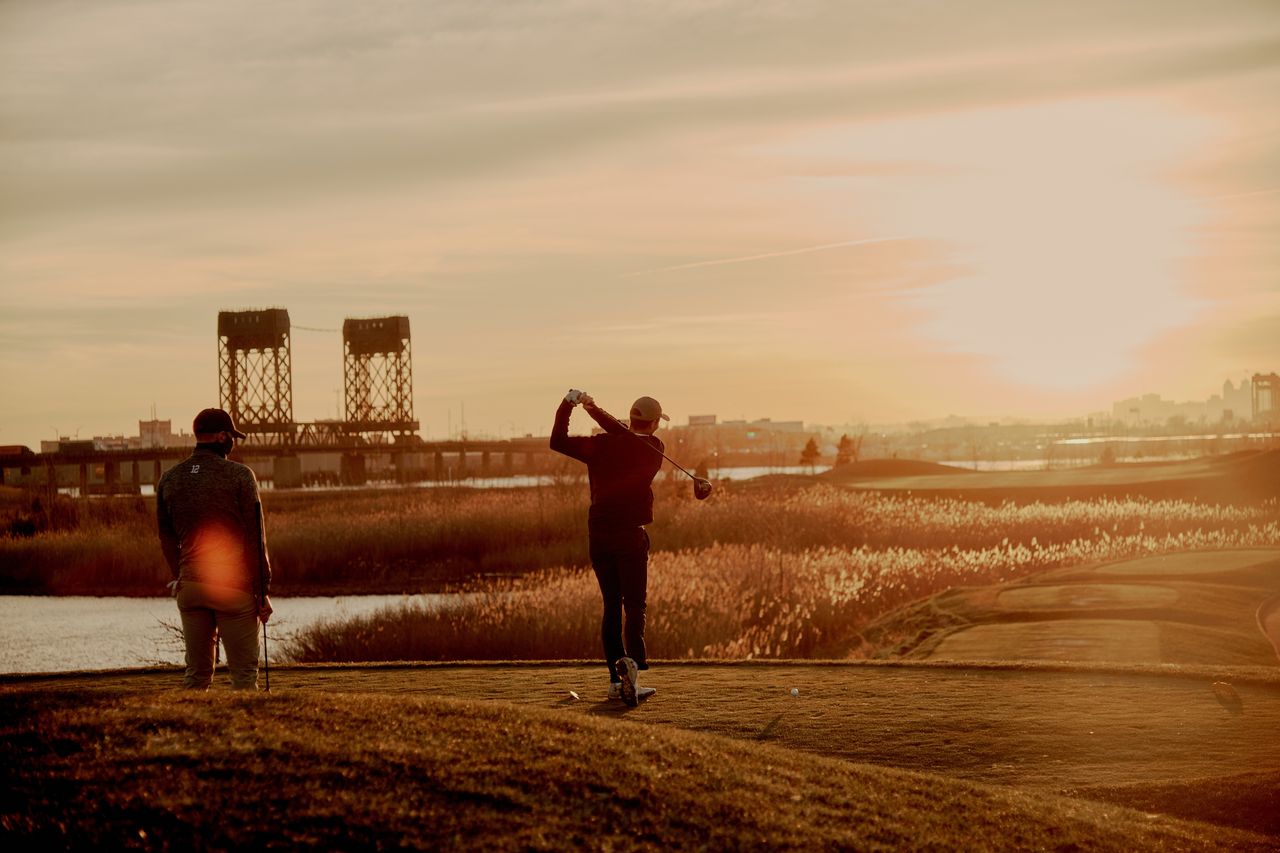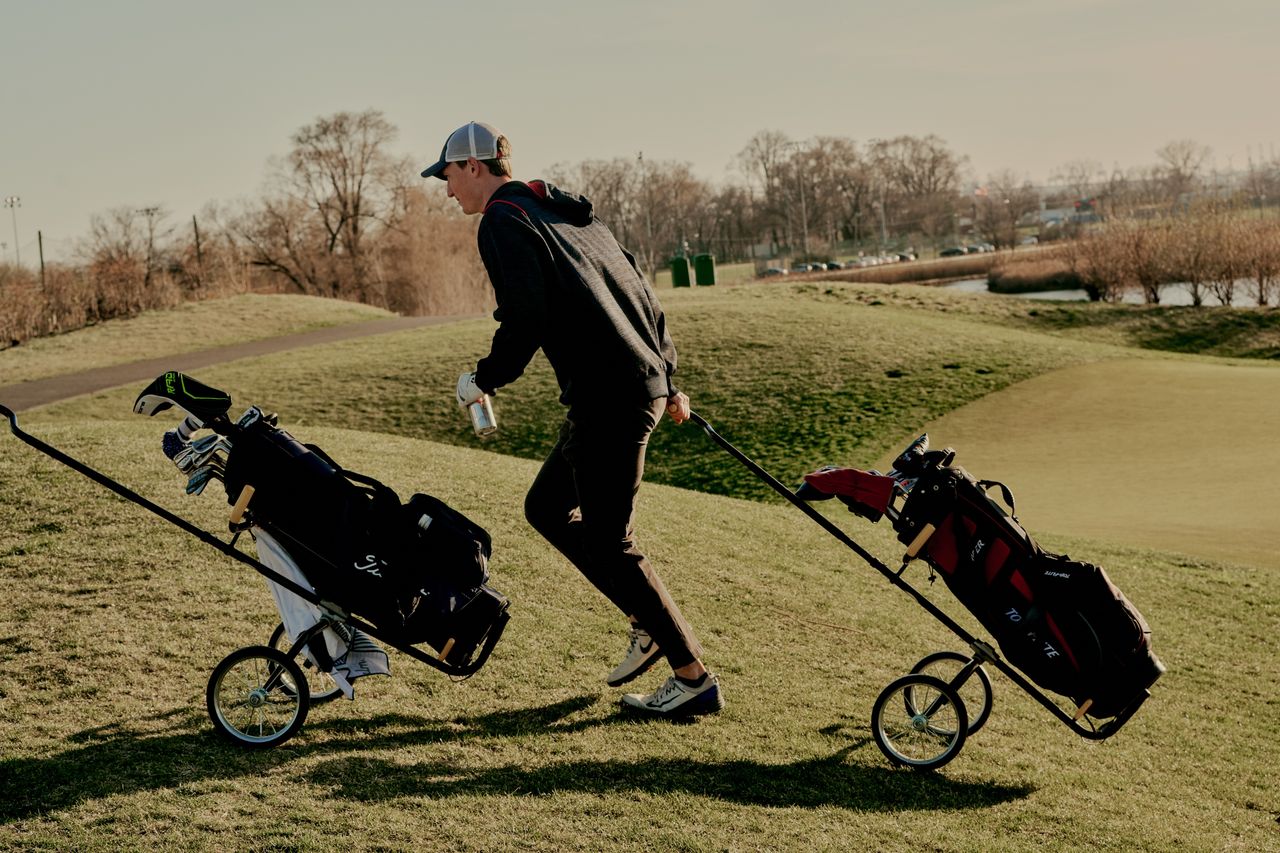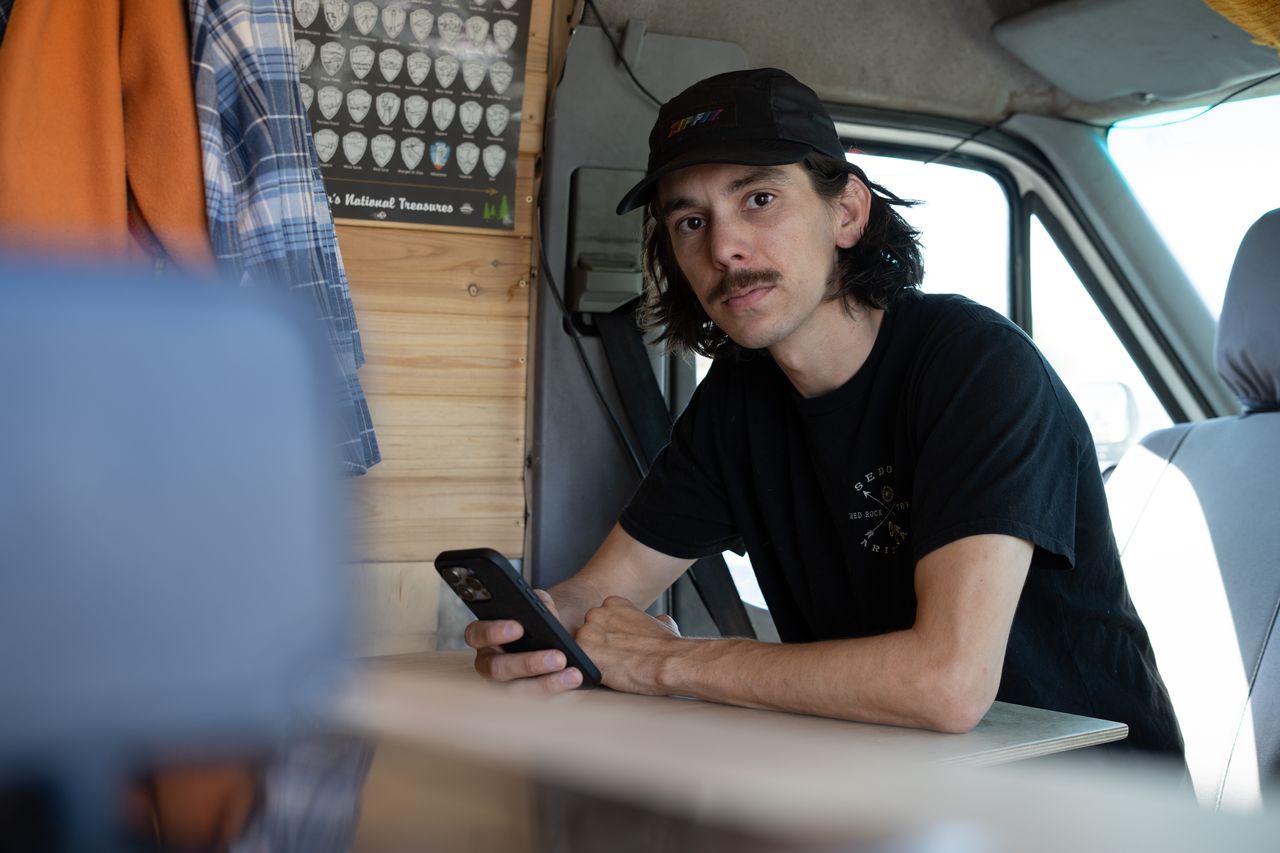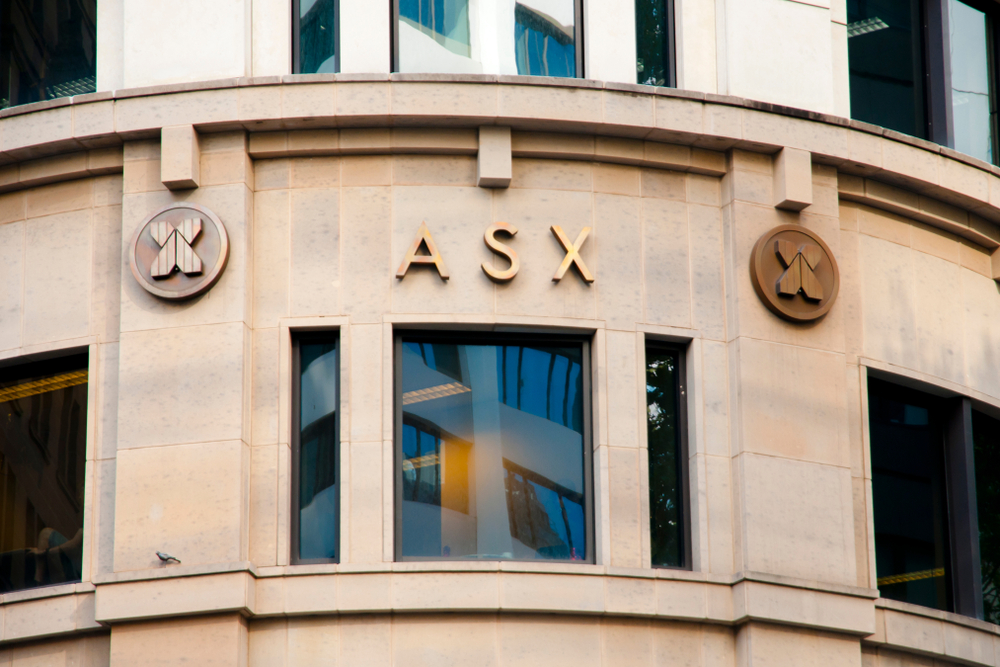Golf Courses Target Those Who Think 18 Holes Is Just Too Many
In particular, they hope millennials will be more interested in courses with only nine holes. Or even fewer.
Golf has been a game of 18 holes ever since the ruling bodies of the sport decreed it so at the end of the 19th century. But now, some course operators—and even the U.S. Golf Association—are challenging the idea.
The idea is that less could be more, in terms of breathing much-needed new life into the game. When would-be golfers don’t play, the main reason given is the length of an 18-hole round—typically four hours or longer.
While pros and many serious players will continue to play 18 holes, the industry is looking at ways to shorten the game for others. Lots of courses are marketing nine-hole options, and some tout even fewer holes than that.
“The most common complaint we hear is that the game takes too long,” says Steve Skinner, chief executive of KemperSports, a Chicago-based owner and manager of more than 100 courses across the country. “We need to let them know golf does not have to be a four- or five-hour experience.”
The USGA has lent its stamp of approval to shorter games, beginning with its “Play 9” initiative, launched in 2014, consisting of TV ads, especially during the heavily watched U.S. Open and U.S. Women’s Open telecasts, and an effort to give owners marketing ideas to promote the nine-hole option at their courses. The association also permits scores from nine-hole games to be posted on its USGA Handicap Index.
“The nine-hole round, the two-hour experience, is much closer to the type of entertainment people usually have,” says Rand Jerris, senior managing director of public services for the USGA. “Going to a movie. Two hours. Going to dinner. Two hours. Two-hour windows seem to fit comfortably in the American lifestyle. For people like that, nine holes works.”
According to the National Golf Foundation, there are 3,777 nine-hole golf facilities in the U.S., or about 26% of the total number of courses.
For the millennial
The shorter game is particularly targeted at millennials, who currently are playing a lot less than their parents or grandparents did at a similar age, mainly due to the game’s length, says Mr. Skinner.
To Kevin Berliner, at 32 a millennial himself, the problem is the mercurial nature of his generation.
“It’s about perception. Millennials will wait 3½ hours for the best burger in town, but will say 3½ hours for golf is too long,” says Mr. Berliner, who is a medical-device salesman and participates in the Young Executives Program at Cantigny Golf, a public course in Wheaton, Ill.
Cantigny and other courses market nine holes as an option for all golfers. But, as Mr. Berliner says, the shorter round is particularly attractive for people in his age group, especially at the end of a working day.
“It’s not just the golf course that matters,” Mr. Berliner says. “If we can go to a place where you can play nine holes and then get a burger and a beer, that is very enticing to the younger generation.”
Indeed, many facilities are looking to pair shortened rounds of golf with food and drink. Various versions of “Nine-and-Dine” promotions are being marketed to couples and families, and some locations are cutting even more holes. A six-hole round of golf with an on-course happy hour after play is offered at Chambers Bay, a course managed by KemperSports just outside of Seattle and the site of the 2015 U.S. Open.
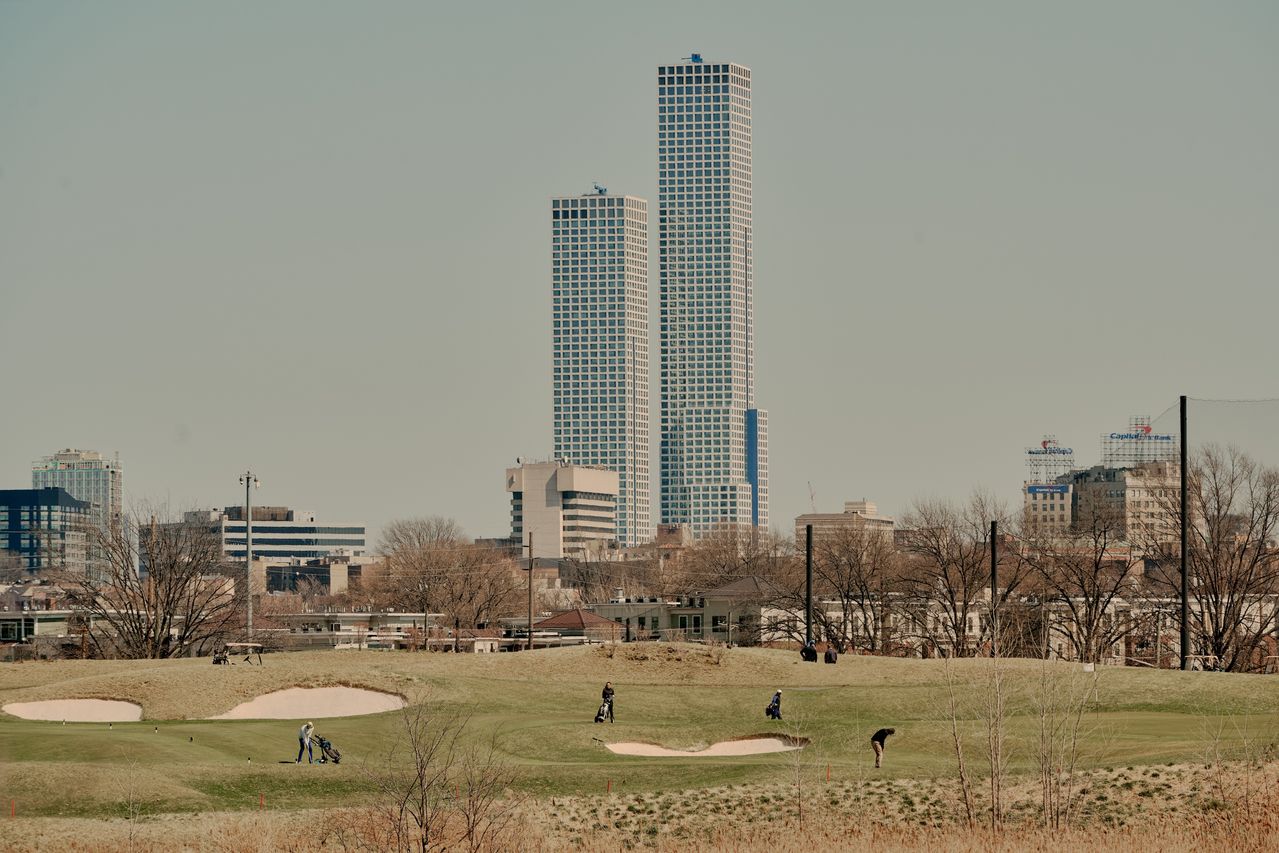
Urban setting
Skyway Golf Course in Jersey City, N.J., offers another possible alternative—a shortened game, and beautiful greens, in a more urban setting. Built in 2015, this upscale, public, nine-hole course features challenging holes with dunes and a view of the Manhattan skyline. TJ Wydner, who oversees the facility, says Skyway did more than 40,000 rounds last year despite being closed for six weeks because of Covid. He says the course is more accessible and popular with time-compressed serious golfers who want to squeeze in a quality two-hour round.
Golf-course owners, especially in expensive urban areas, may find another benefit of fewer holes: cost. “We know that land is expensive and that it is expensive to maintain 18 holes,” Mr. Jerris says. “We know for the game to be sustained, it has to be on a smaller footprint.”
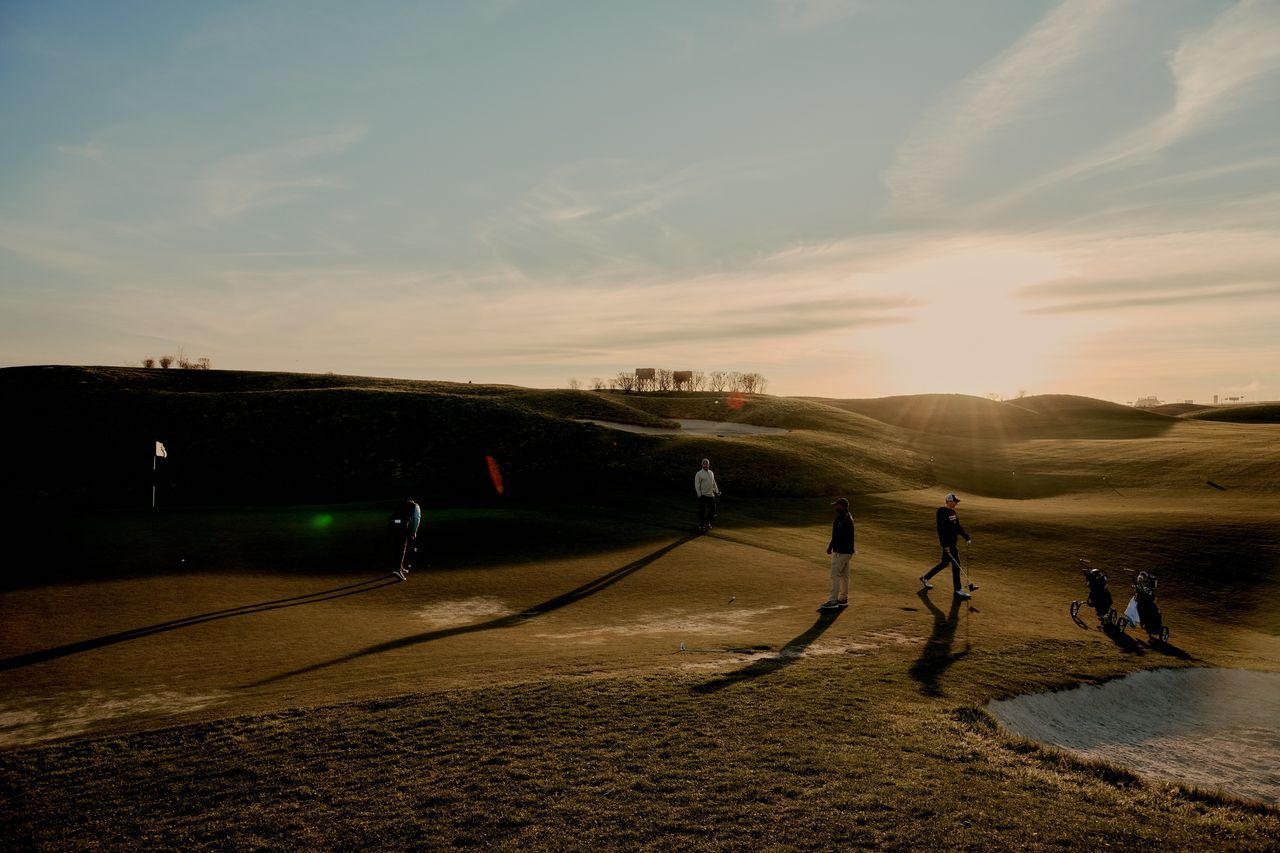
Covid surprise
The timing for a shift to shorter games and courses seems favourable. The big story in the early 2000s had been the closing of many golf courses as a result of overbuilding for a big boon that never came. When Covid hit, operators prepared for the worst last summer.
Instead, the opposite occurred. With many entertainment options closed, people flocked to golf courses seeking to be outdoors, and to find a sense of normalcy. According to the National Golf Foundation, golf in the U.S. last year experienced a 14% increase in rounds from 2019, and that figure would have been much higher if virtually every course hadn’t been shut in the spring. More telling was the volume from June through year’s end: Packed courses had approximately 75 million more rounds nationally than in the same stretch in 2019.
Another dynamic also came into play. With people working more at home, thus eliminating their commutes in many cases, many found time to play golf, perhaps by sneaking out for an early-morning nine or shutting down the computer for a late afternoon round. In previous years, typical tee sheets often had plenty of vacancies from 2 to 5 p.m., Mr. Skinner says. Not last year.
“Those times were full every day,” Mr. Skinner says. The pandemic “completely flipped the tee sheet.”
Mr. Skinner does not think it was a one-year trend either. With expectations that many people will continue to work remotely once things return to normal, that means they will again have more time to play golf.
Mr. Jerris believes it is incumbent for operators to be creative, giving golfers more alternatives than just playing 18 holes. He notes that some courses are experimenting with fees based on the numbers of holes played or by the hour.
“Golf operators have to understand they have a lot of unused inventory on their tee sheets,” Mr. Jerris says. “Perhaps they can send players off the back nine when it is empty in the early morning. They can look at sending people out to play a few holes when there isn’t much daylight left. Those kinds of things are found revenue at no additional expense.”
Ultimately, it is about getting and keeping people engaged in the game, Mr. Skinner says. He speaks from personal experience. Even though he is a leading golf-industry executive, his children never got into the game before last year. During the pandemic, he often played late afternoon, nine-hole family rounds. Those outings led to his 23-year old son, Jack, getting the bug, as he played more than 30 rounds last year. Mr. Skinner now describes his son as “being addicted” to golf.
That is exactly the aim of the Play 9 campaign and other initiatives to get people out to the course. The idea is for them to become returning golfers, no matter how many holes they play.
“Golf is an addictive game,” Mr. Skinner says. “But first we’ve got to get people out to experience it. Once they do, hopefully they keep coming back for more.”
Reprinted by permission of The Wall Street Journal, Copyright 2021 Dow Jones & Company. Inc. All Rights Reserved Worldwide. Original date of publication: April 7, 2021.
 Copyright 2020, Dow Jones & Company, Inc. All Rights Reserved Worldwide. LEARN MORE
Copyright 2020, Dow Jones & Company, Inc. All Rights Reserved Worldwide. LEARN MORE
This stylish family home combines a classic palette and finishes with a flexible floorplan
Just 55 minutes from Sydney, make this your creative getaway located in the majestic Hawkesbury region.
As Paris makes its final preparations for the Olympic games, its residents are busy with their own—packing their suitcases, confirming their reservations, and getting out of town.
Worried about the hordes of crowds and overall chaos the Olympics could bring, Parisians are fleeing the city in droves and inundating resort cities around the country. Hotels and holiday rentals in some of France’s most popular vacation destinations—from the French Riviera in the south to the beaches of Normandy in the north—say they are expecting massive crowds this year in advance of the Olympics. The games will run from July 26-Aug. 1.
“It’s already a major holiday season for us, and beyond that, we have the Olympics,” says Stéphane Personeni, general manager of the Lily of the Valley hotel in Saint Tropez. “People began booking early this year.”
Personeni’s hotel typically has no issues filling its rooms each summer—by May of each year, the luxury hotel typically finds itself completely booked out for the months of July and August. But this year, the 53-room hotel began filling up for summer reservations in February.
“We told our regular guests that everything—hotels, apartments, villas—are going to be hard to find this summer,” Personeni says. His neighbours around Saint Tropez say they’re similarly booked up.
As of March, the online marketplace Gens de Confiance (“Trusted People”), saw a 50% increase in reservations from Parisians seeking vacation rentals outside the capital during the Olympics.
Already, August is a popular vacation time for the French. With a minimum of five weeks of vacation mandated by law, many decide to take the entire month off, renting out villas in beachside destinations for longer periods.
But beyond the typical August travel, the Olympics are having a real impact, says Bertille Marchal, a spokesperson for Gens de Confiance.
“We’ve seen nearly three times more reservations for the dates of the Olympics than the following two weeks,” Marchal says. “The increase is definitely linked to the Olympic Games.”

Getty Images
According to the site, the most sought-out vacation destinations are Morbihan and Loire-Atlantique, a seaside region in the northwest; le Var, a coastal area within the southeast of France along the Côte d’Azur; and the island of Corsica in the Mediterranean.
Meanwhile, the Olympics haven’t necessarily been a boon to foreign tourism in the country. Many tourists who might have otherwise come to France are avoiding it this year in favour of other European capitals. In Paris, demand for stays at high-end hotels has collapsed, with bookings down 50% in July compared to last year, according to UMIH Prestige, which represents hotels charging at least €800 ($865) a night for rooms.
Earlier this year, high-end restaurants and concierges said the Olympics might even be an opportunity to score a hard-get-seat at the city’s fine dining.
In the Occitanie region in southwest France, the overall number of reservations this summer hasn’t changed much from last year, says Vincent Gare, president of the regional tourism committee there.
“But looking further at the numbers, we do see an increase in the clientele coming from the Paris region,” Gare told Le Figaro, noting that the increase in reservations has fallen directly on the dates of the Olympic games.
Michel Barré, a retiree living in Paris’s Le Marais neighbourhood, is one of those opting for the beach rather than the opening ceremony. In January, he booked a stay in Normandy for two weeks.
“Even though it’s a major European capital, Paris is still a small city—it’s a massive effort to host all of these events,” Barré says. “The Olympics are going to be a mess.”
More than anything, he just wants some calm after an event-filled summer in Paris, which just before the Olympics experienced the drama of a snap election called by Macron.
“It’s been a hectic summer here,” he says.

AFP via Getty Images
Parisians—Barré included—feel that the city, by over-catering to its tourists, is driving out many residents.
Parts of the Seine—usually one of the most popular summertime hangout spots —have been closed off for weeks as the city installs bleachers and Olympics signage. In certain neighbourhoods, residents will need to scan a QR code with police to access their own apartments. And from the Olympics to Sept. 8, Paris is nearly doubling the price of transit tickets from €2.15 to €4 per ride.
The city’s clear willingness to capitalise on its tourists has motivated some residents to do the same. In March, the number of active Airbnb listings in Paris reached an all-time high as hosts rushed to list their apartments. Listings grew 40% from the same time last year, according to the company.
With their regular clients taking off, Parisian restaurants and merchants are complaining that business is down.
“Are there any Parisians left in Paris?” Alaine Fontaine, president of the restaurant industry association, told the radio station Franceinfo on Sunday. “For the last three weeks, there haven’t been any here.”
Still, for all the talk of those leaving, there are plenty who have decided to stick around.
Jay Swanson, an American expat and YouTuber, can’t imagine leaving during the Olympics—he secured his tickets to see ping pong and volleyball last year. He’s also less concerned about the crowds and road closures than others, having just put together a series of videos explaining how to navigate Paris during the games.
“It’s been 100 years since the Games came to Paris; when else will we get a chance to host the world like this?” Swanson says. “So many Parisians are leaving and tourism is down, so not only will it be quiet but the only people left will be here for a party.”
This stylish family home combines a classic palette and finishes with a flexible floorplan
Just 55 minutes from Sydney, make this your creative getaway located in the majestic Hawkesbury region.









